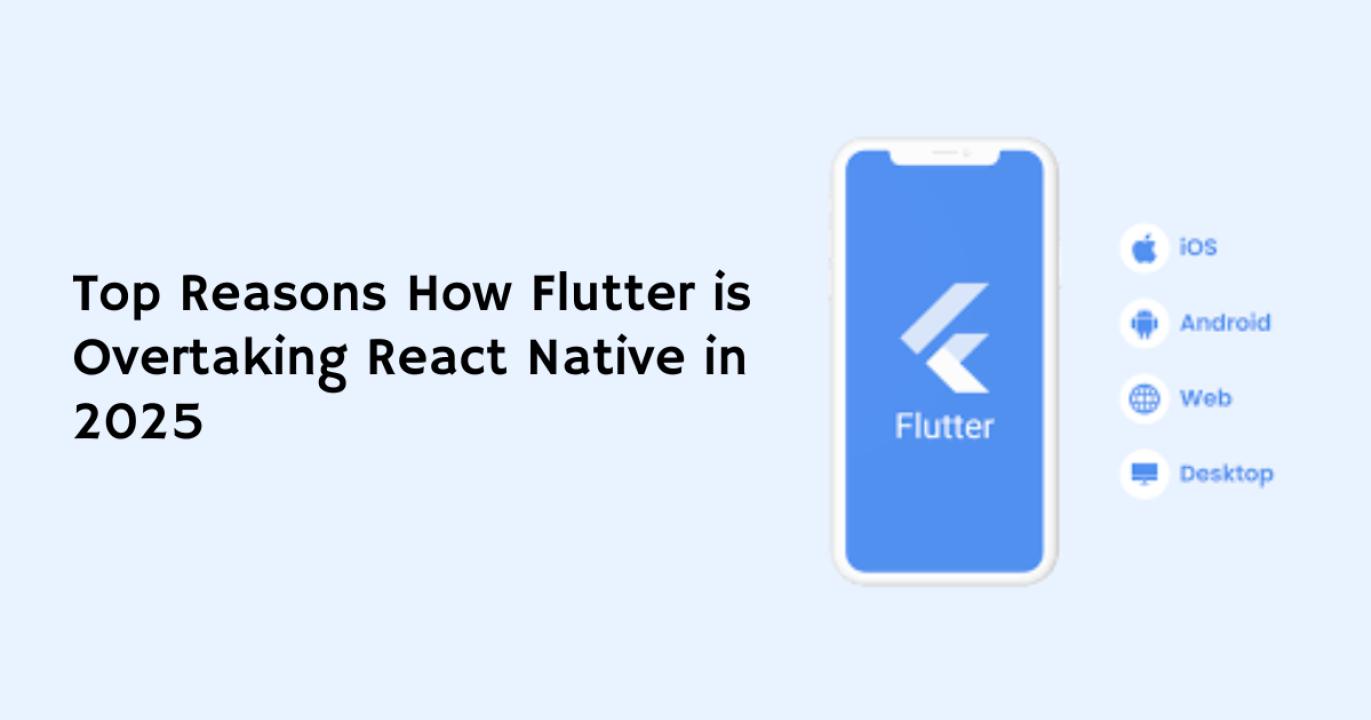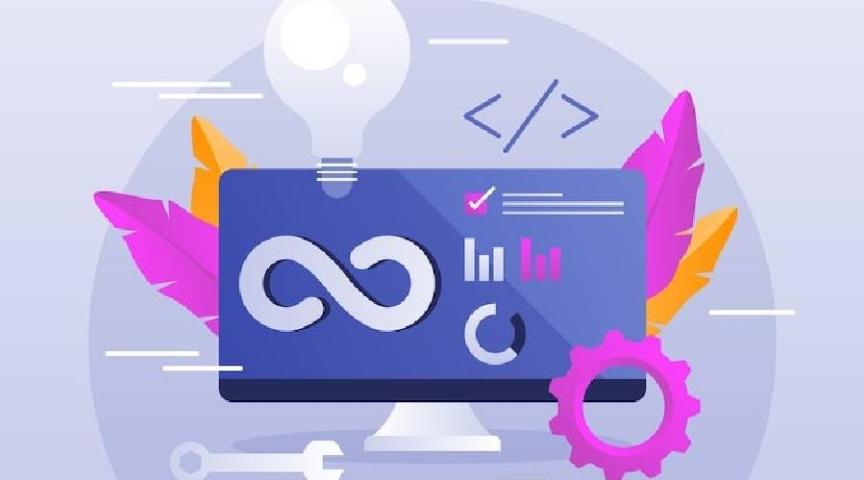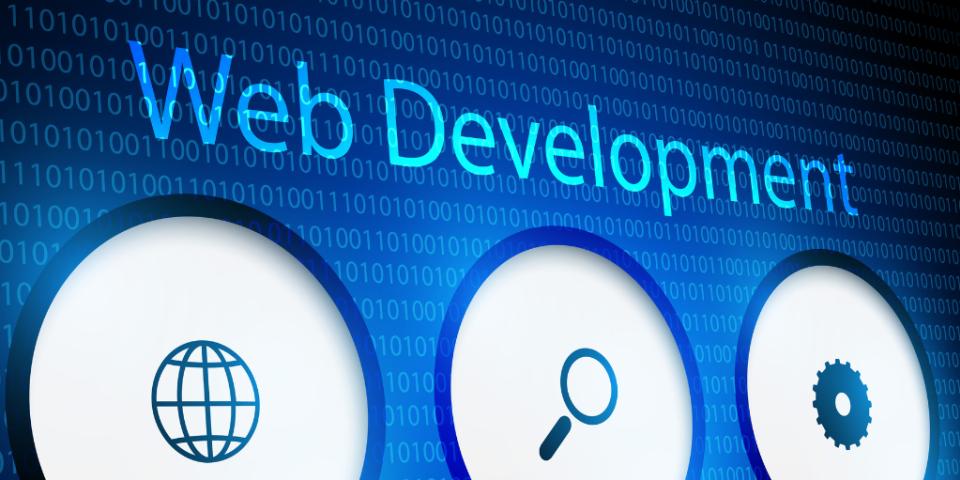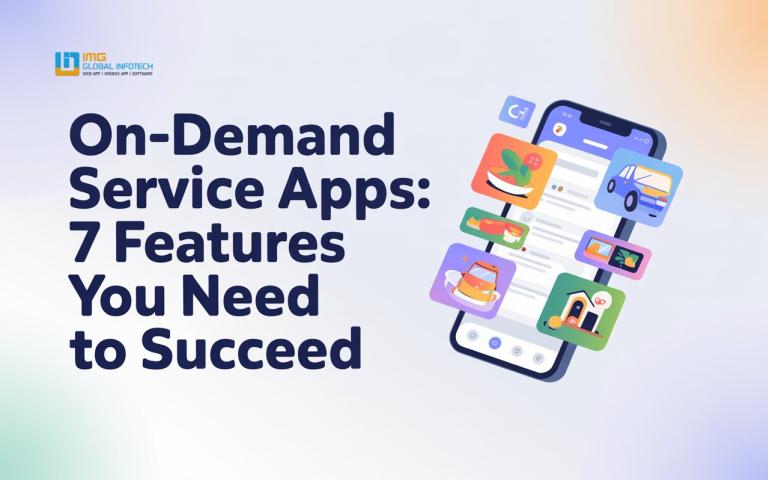According to the market reports, the mobile app market is expected to make $659 billion by 2026. Businesses across the industries are all set to to take an entry to this thriving world, but which is the best platform to launch your first-ever app?
Recent reports say that Apple App Store and Google Play Store are together capturing 82% of market share, which means having your presence on any of them will make you lose the potential user base of the other. And having two native apps developed dedicated to different operating systems will be a costly deal.
This is where cross-platform app development frameworks come into play, which allow you to create an enterprise-grade app that can run seamlessly on multiple platforms, including iOS, Android, or web.
Wondering how and why?
Top cross-platform frameworks like Flutter and React Native allow developers to use a single codebase to create an app compatible with multiple platforms.
React Native is one of the most mature frameworks, maintained and developed by Facebook, but now with the passing years, Flutter seems like taking over the capabilities of React Native and rising as a dominant cross-platform framework in 2025.
But before you head straight to hire a Flutter app development company, let’s take a look at how Flutter is taking over React Native…
1. Flutter’s Superior Performance Through Dart Overrating RN Programming Language!
While choosing the best for cross-platform app development, Flutter has one of the biggest advantages over React Native - that's its performance.
React Native is still based on the traditional JavaScript programming language, bridging to communicate with native components. This is where it introduces performance bottlenecks, especially in enterprise-grade applications with complex UI or heavy animations.
On the other side, Flutter uses Google's Dart language, which compiles directly to native ARM or x86 code, which eliminates the need for a bridge and allows for faster rendering of images and execution.
Apart, here are the highlights comparing Flutter and React Native performance:
- Flutter apps faster to launch faster than React Native apps.
- Flutter apps result in smoother animations with 60fps/120fps support and reduce frame drops.
- Flutter ensures better memory management, especially for large apps and multi-featured products.
This advantage has made Flutter a favorite for building high-performance applications in industries like fintech, e-commerce, and gaming.
2. Flutter Offering Consistent and Unified UI Across All Platforms
Both frameworks come with brilliant UI components that are ready to use and cut down the need to write code from scratch. While React Native relies on native components of each platform, Flutter comes with its custom rendering engine that paints every pixel of the UI. This means that regardless of whether you're developing an app for Android, iOS or Web platform, Flutter ensures a consistent look and feel.
And in 2025, this consistency matters above all, especially for companies seeking to maintain brand identity across devices. With just a single codebase, developers can build a true multi-platform experience, which saves time, reduces bugs, and improves user satisfaction.
Here are the few key highlights that you need to check before looking to hire Flutter app developers in 2025:
- Flutter allow developers to reuse 90%+ codes across platforms.
- With Flutter, no need to worry about native UI discrepancies.
- Its easier to maintain and ensuring faster deployment cycles.
In contrast to Flutter, with React Native you often need to write custom platform-specific components to address UI inconsistencies, which leads to increased development time and maintenance.
3. Expedited Development Process With Robust DevTools and Stable Hot Reload
Both Flutter and React Native support hot reload, allowing developers to make alterations in the existing codebase and enable them to check the changes instantly without restarting the entire app. But Flutter’s hot reload is more stable and faster because of its architecture and Dart VM.
Flutter’s DevTools suite in 2025 has also evolved drastically and offers various features:
- Integrated performance profiling tools.
- Visual widget inspectors.
- Network and memory debugging support.
By accessing these superior tools of Flutter, developers can seamlessly debug the app and boost the development experience. With such advanced tools, it becomes easier for developers to test an app, identify performance issues, and implement it quickly.
Meanwhile, with React Native, developers might face issues due to tool fragmentation, compatibility problems between JavaScript libraries, and limitations with debugging complex animations or gestures, especially in enterprise-grade or complex applications.
4. Rapidly Growing Ecosystem and Community Backed by Google
In 2025, being the youngest framework, Flutter's ecosystem reached at a maturity where industry giants are trusting it for their enterprise-grade applications.
Secondly, Flutter being backed by Google, it is surely not going anywhere in near future. The number of packages on pub.dev has surpassed 90,000+, with more high-quality plugins being published daily. Additionally, the number of Flutter developers has crossed 2.5 million, according to the latest JetBrains Developer Ecosystem Survey.
Flutter has received long-term support not just from Google but also from major companies like Toyota, BMW, Alibaba, and ByteDance. Flutter is no longer just a mobile UI toolkit — it’s now a full-fledged cross-platform ecosystem, from mobile to desktop to web to embedded devices.
By contrast, React Native’s plugin ecosystem still suffers from abandoned or poorly maintained libraries and community fragmentation between older and newer versions.
Conclusion
As we progress into 2025, it is clear that Flutter will sooner or later completely outpace React Native in several key areas like performance, consistency, and platform reach. What started as a promising alternative in 2028 has now become a leading cross-platform app development framework for the leaders. Be it's developers or businesses, users are inclining towards Flutter for the next big app development projects.


















